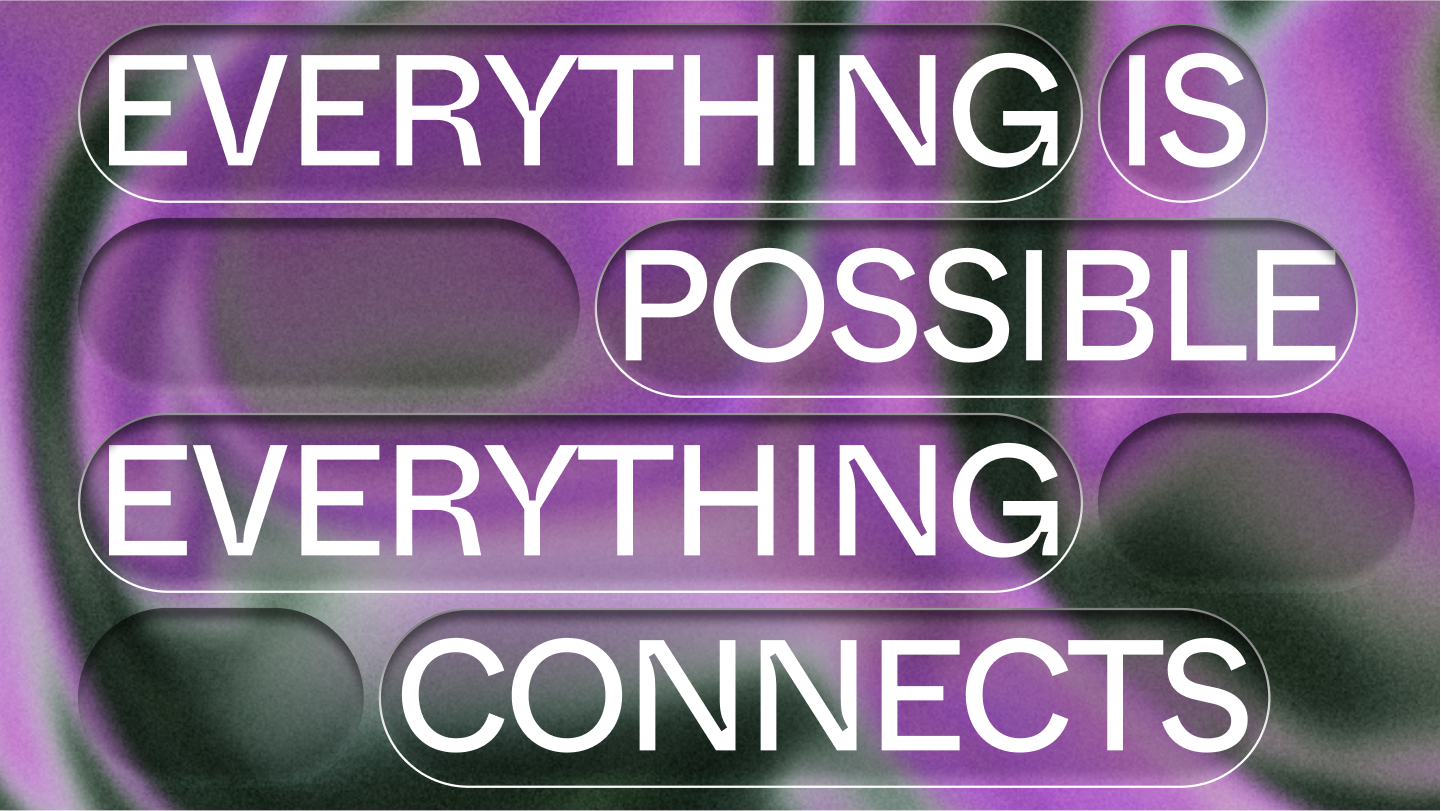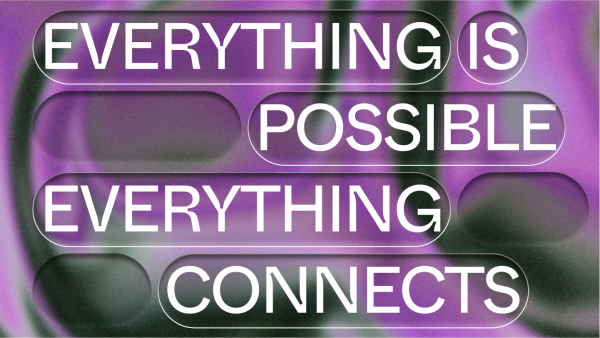Brand identity in the read-write-own era.


The way we express ourselves digitally has changed profoundly over the past decade. Identity in digital spaces is fluid, multifaceted, and hyperspecific. Yesterday’s brands were monolithic. Today’s are headless. The power of design in our networked era is about possibility: the ability to explore limitless permutations from a single brief. The opportunity to see yourself represented online.
Digital spaces are where we explore who we are. 52% of Gen Z say they feel more like themselves in the metaverse vs IRL. 51% say that their online identity impacts their offline lives. In Web2, we created content. In Web3, we’re creating ourselves.
This emerging context will recalibrate the way brands operate. A new economy and ecology is surfacing on-chain. Today, more than 45% of major brands have integrated Web3 experiences into their activation footprint. The world’s largest marketers have shifted investment into the space. And the brands that will thrive here will look different; centering community, identity, and exploration.
The principles of web3 brand design.
Singular → Generative
When identity becomes exponential.
Generativity is transforming the way we create, experience, and collect digital art. Now, it’s emerging as a foundational element of brand design. Instead of designing a singular expression of an idea, algorithmic art allows you to explore and leverage millions of permutations. With generative design, you get to spend more time developing ideas and stories that can be deployed on a much larger scale.
It can change the way we approach logo design. Or billboards.It can change comic book history, reinterpreting a superhero’s visage through 80 years of canon. And it can change the way we see ourselves.
Generative design is expansive; built for a diverse spectrum of identities. 42% of Gen Z say they use their avatar to try out looks they might implement in the real world. Generativity means the transformative power of avatars, of authoring your own story, can be unbound.
Timeless → Dynamic
An interaction with the world around us.
Web2’s creator economy is built on content: video, photos, and text. These assets require relatively high upfront production costs. Once they’re launched, they don’t typically change. To continue to foster engagement, you have to publish more content to the timeline, or make something that can transcend it.
In web3, dynamic experiences upend this system. Instead of proliferating media, you just update it: creating objects that reflect a set of conditions, and the shifting experience of your community. An athlete’s season-long performance shapes their NBA trading card. An artist’s physical painting is set ablaze when you say so. A crystal grows when it changes hands. (And much, much more. JPG’s Canons Project provides a deep, comprehensive index of this space.)
Dynamic brands center digital engagement through an owned experience, not a platform. They allow marketers to build content for durable interaction, beyond the timeline.
Image → Utility Value in the things we hold in common.
In a fragmented media landscape, brands with distinct identities are incredibly valuable. The average brand spends 8-14% of their overall budget on marketing. 25% of that becomes content, distributed for free. This is a huge cost center. It doesn’t have to be. Web3 projects from Adidas and Tiffany, among others, have shown the potential of using NFTs to monetize aesthetics.
But, collecting something is different than just liking something; a more meaningful interaction that can be enriched through features. An asset can provide ownership, access, voting, physical collectibles, commercial licenses, and more. It’s a stake in your world. And for successful web3 brands, it’s a product in its own right.
Content → Context
Places to experiment with who we are.
Spending more time online is sick, but inevitable. (。•́︿•̀。) As technology continues to become part of our experience, our relationship with it will change. We’ll expect more. 34% of Gen Z say they gain a fuller, more authentic version of themselves from metaverse experiences. 1 in 2 say they play video games to build a more idealized version of the world.
The organizations that will shape the future of web3 are those that create space, not just content. A museum. A mirror. A writer’s room. A portal.
Common ground has been radicalized or neutralized by the feed. Successful web3 brands cultivate an alternative: allowing people to try on new identities, explore their interests, and experience belonging.
Reach → Interoperability
Eventually, everything works together.
US digital ad spend is forecasted to grow to $333.6 billion by 2024. That’s over $952 per internet user. It’s expensive to reach and design for communities across siloed platforms and publishers. Interoperability, and the ability to own your own social graph, matters.
An account for your coffee. One for your shoes. A single Netflix password that you would never share. : )
Eventually, everything connects. The ability to create a record on-chain will become the blueprint for how membership experiences are built and designed.
As web3 evolves, the way we express ourselves online will change. So will brands. The brands that will define this new online era create space for the spectrum of who we are, and who we’re becoming: high res, unresolved, open ended.







